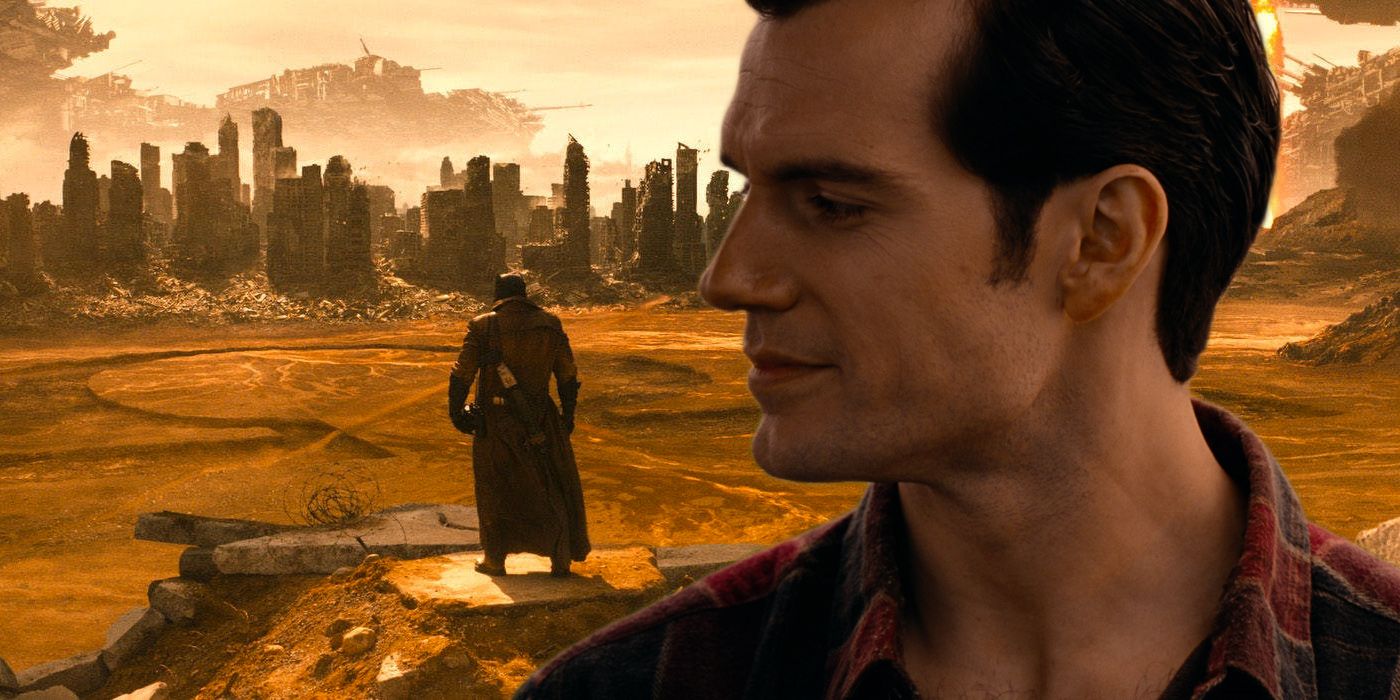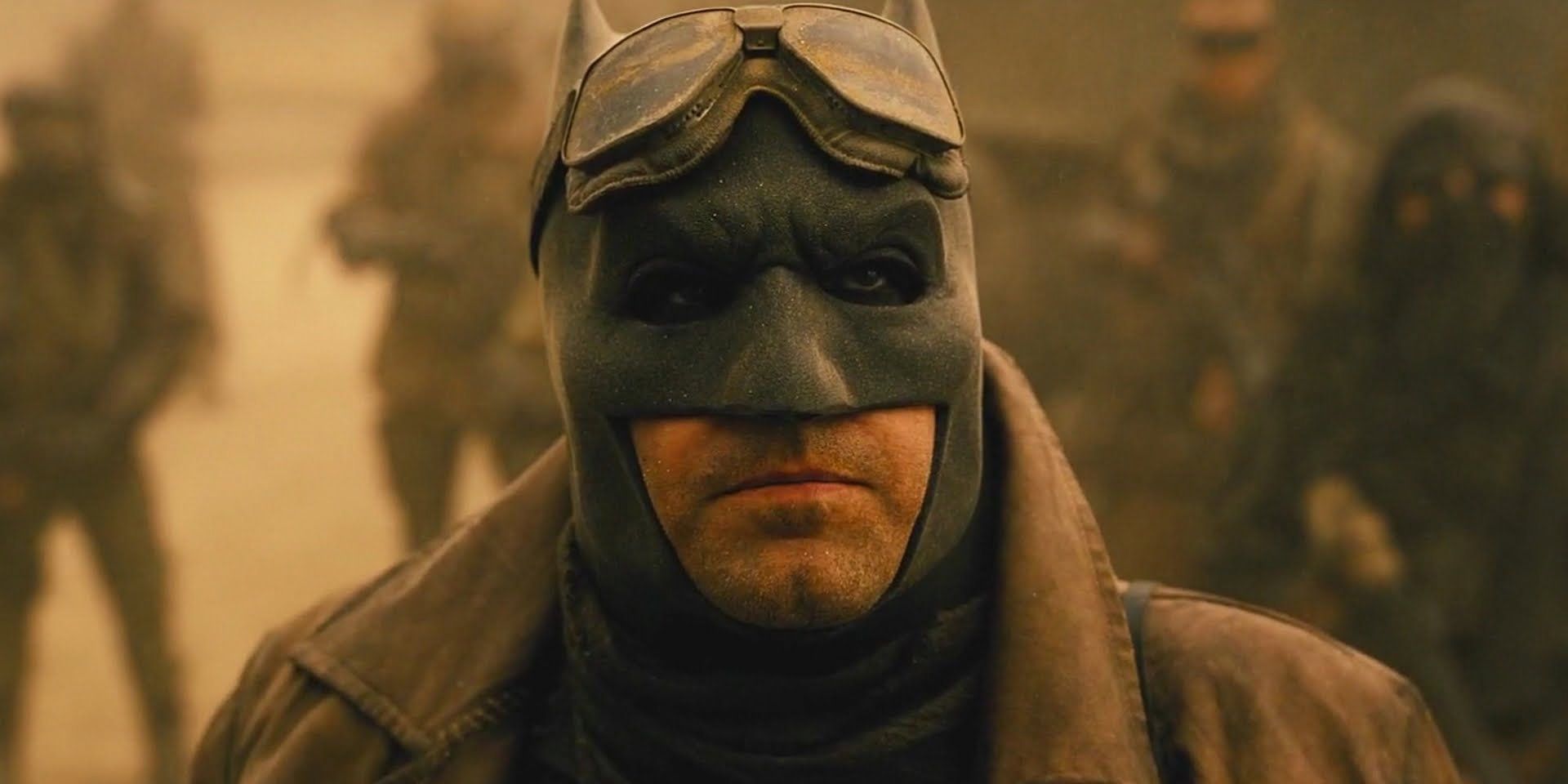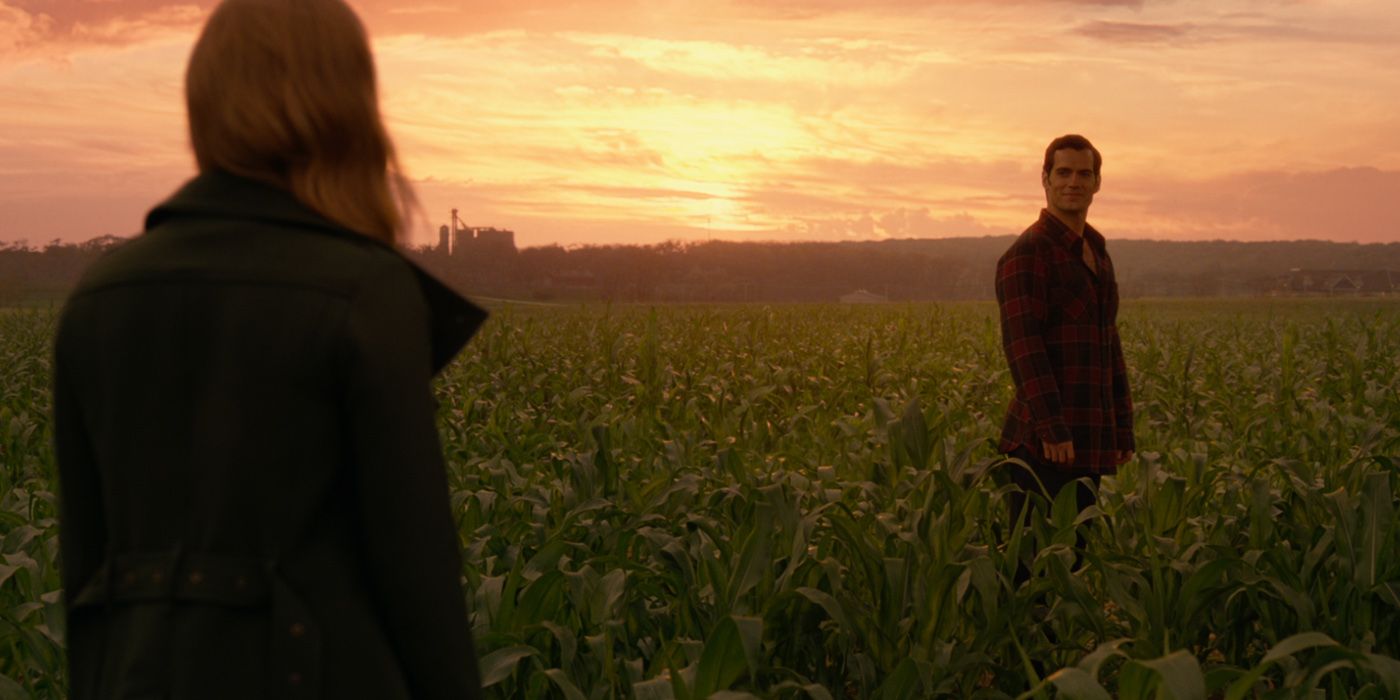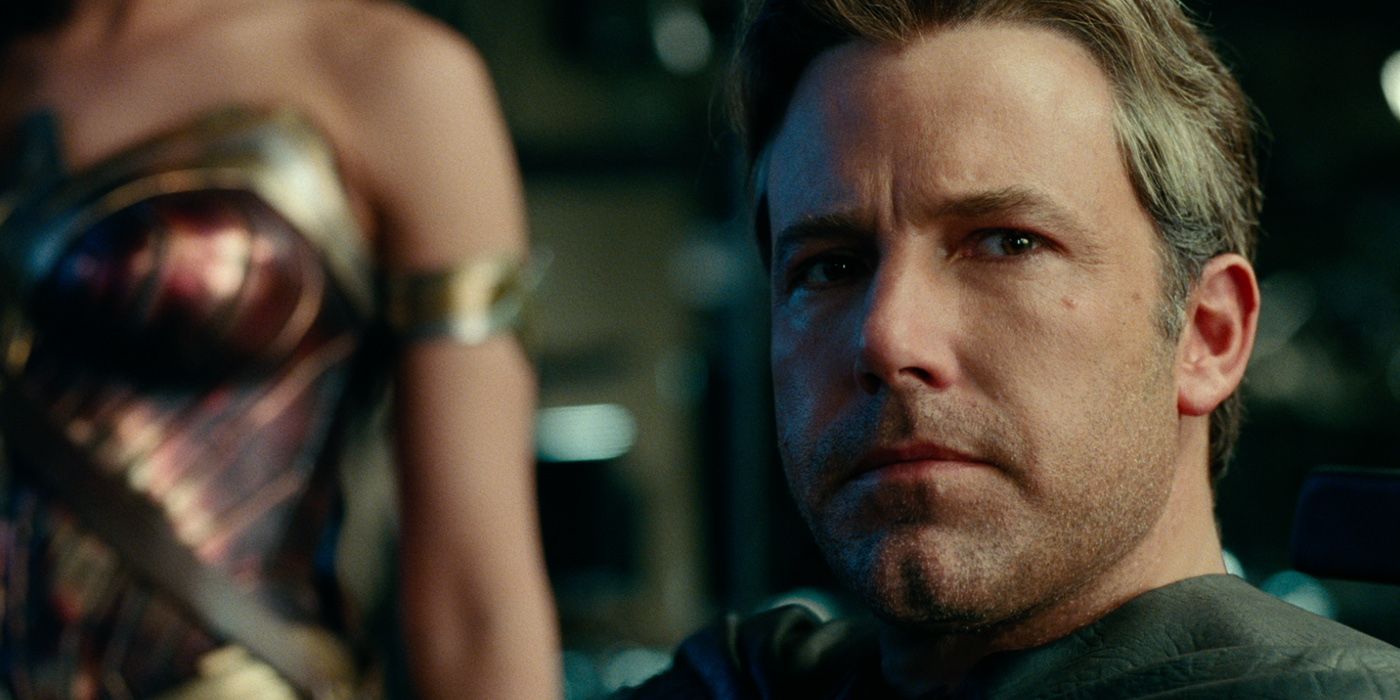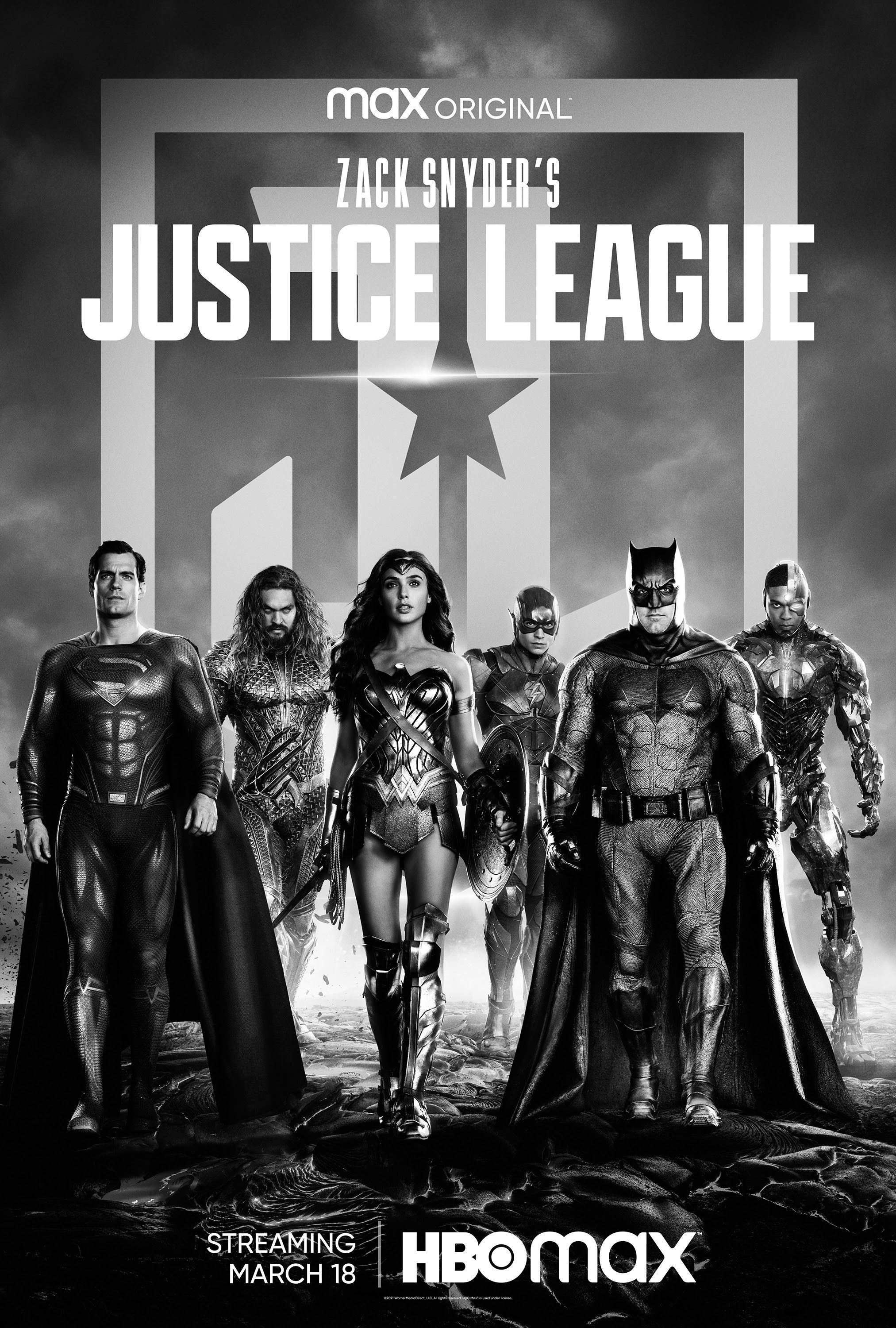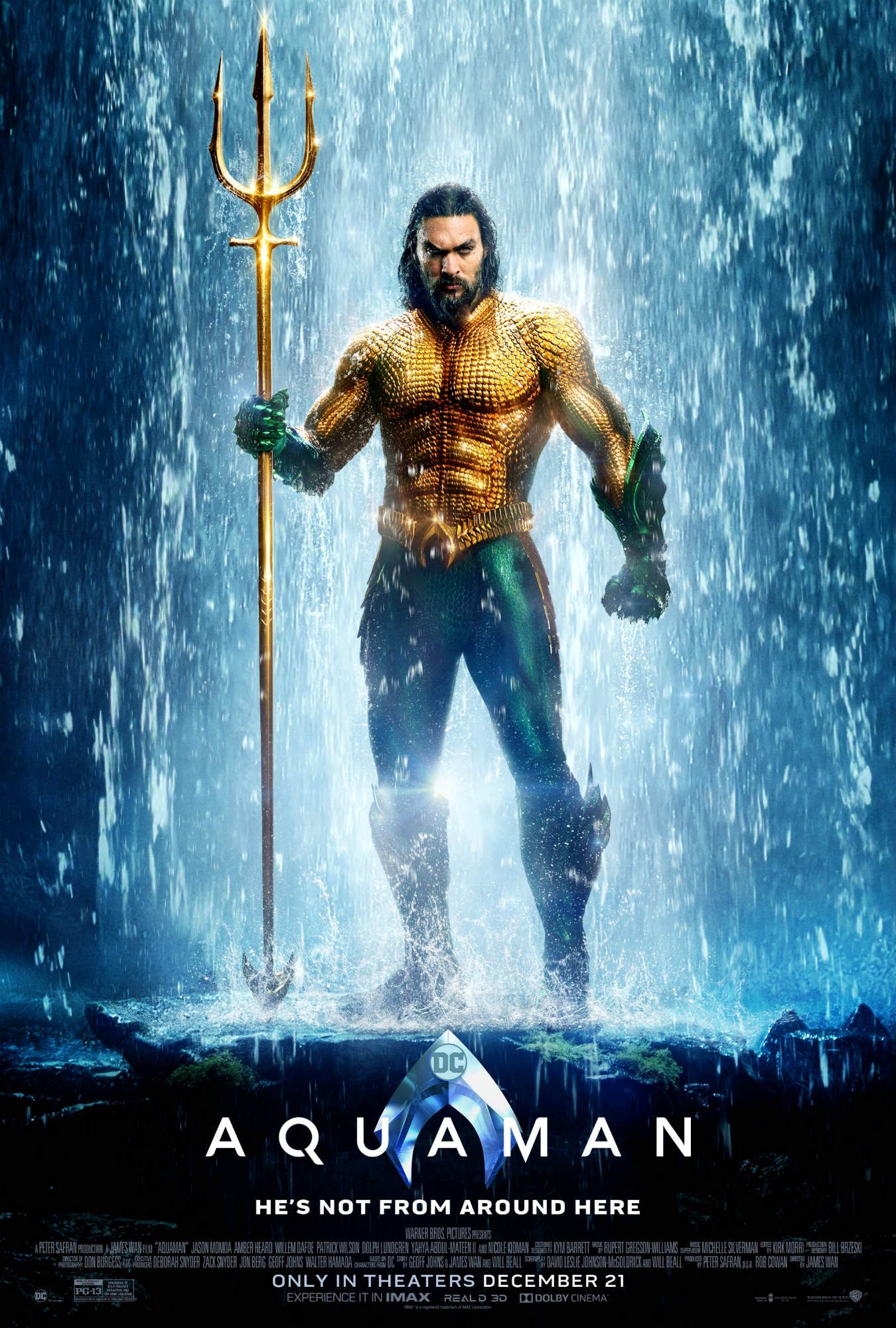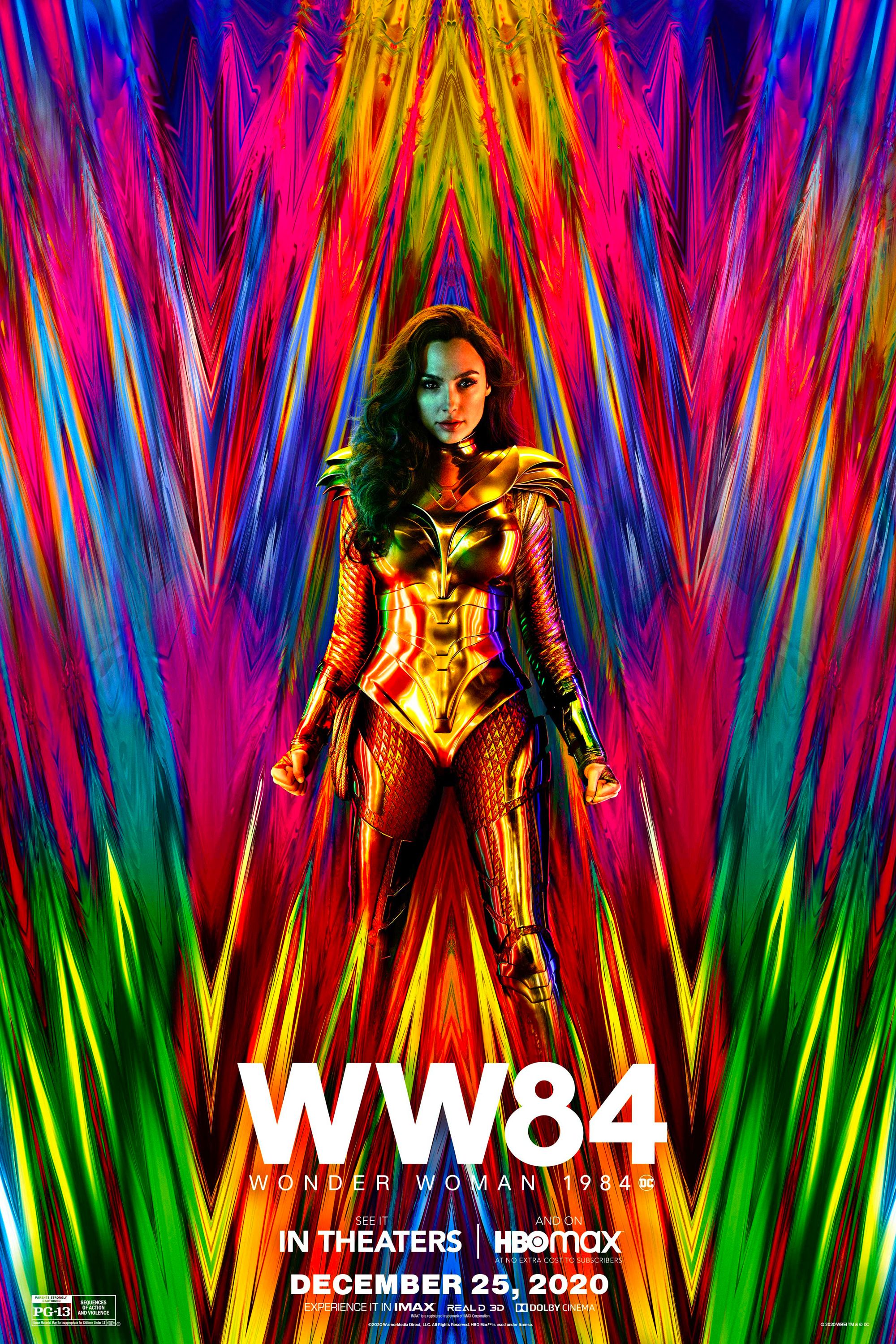The DCEU is known (and criticized) for many things, but one of the most prevalent is the overreliance on dream sequences. Across its four movies so far, there's been copious dreams, visions, flashbacks and more that are meant to flesh out the story, and yet all they really do is weaken what's being attempted. And it looks like Justice League is going to cap it off.Now, dream sequences aren't inherently a bad idea. Many iconic moments in otherwise realistic films are surreal - Scottie's fever dream after Madeline's death in Vertigo, Sarah Connor's vision of the future in Terminator 2: Judgement Day, and the entire end of Brazil show how they can be narratively and thematically driving - but they need to have a purpose in and of themselves. Many of the DCEU's are just flashy opportunities to present Elseworld scenarios within the main narrative.Take the new trailer for the franchise's lynchpin team-up. It opens with an extended sequence where Lois Lane reunites with Clark Kent outside the family farmhouse against an orange-hued sunrise, confirming their engagement, and then... a flash of her dropping dirt on his grave (to make sure those who didn't see Batman v Superman know he's dead) and she's waking up alone in her bed. Then, just a few seconds later, Bruce Wayne states he's uniting the metahumans because he "had a dream". The trailer has plenty of good in there - the spacial awareness in the final extended action beat is astounding - but its emotional crux and narrative motivation are based on sequences that are by definition not real.
Related: Justice League: Is Lois The Key To Superman's Return?
These risk being a problem in the finished movie. The Lois one is annoying in a trailer for its bait-and-switch in the moment, something that will be more aggravating in the film knowing it's a fake-out (and, while there's the possibility this is in fact Superman's much-teased-but-unseen return, there's enough evidence it is all in her head). That's problematic in and of itself - as Superman will be resurrected in Justice League, it's cheap to have him laid out before - although the second one is more of an issue. And to get why we must go back to Batman v Superman.
Batman v Superman's Dream Sequence Problems
Man of Steel took advantage of a couple of dream sequences - most memorably Superman drowning in a sea of skulls - but due to the film's flashback-heavy narrative, they didn't really disrupt the flow. Batman v Superman exacerbated the problem incredibly.
There's a total of four sequences of variable realism across the film: the opening sequence that purports to be the Waynes' funeral but thanks to some bats levitating Bruce is revealed to be part of older Batman's fractured psyche; Bruce later dreaming of visiting his parents crypt only for a giant human bat to emerge from his mother's coffin; Superman reuniting with a vision of Pa Kent on the top of a mountain; and, of course, the infamous Knightmare scene where, in a future ravaged by Darkseid, Batman is pacified by Superman's goons and parademons, captured and eventually killed by the Man of Steel, which is subsequently hinted to be somehow linked to the Flash's time meddling.
Related: Justice League Trailer Confirms Parademon Theory
Each of these moments is incredibly important to the narrative. The first is obviously the opening, so sets the tone of the movie and this Batman, reiterated with the Man-Bat sequence, while the Jonathan moment directly motivates Superman to return to Metropolis. And the Knightmare... well, we'll get to that shortly. Before, it's worth stating the previous three fumble and become frustrating because of their skewed presentation. Each has potential, but the overuse becomes damaging - all escalate to unreal levels and that oh-it-was-all-a-dream effect wears thin the third go around.
The Knightmare is particularly problematic as it proves so powerful in the narrative despite unclear nature. Is it a dream, a vision, time displacement or some other Barry Allen-induced event? The movie not only doesn't provide an answer, but the presentation means there's evidence against all options. What's important, though, is that Bruce takes it as a dream, yet still treats it as nevertheless prophetic; he lets what he believes to be a manifestation of his fears be the driving force for taking down Superman. And then, at the end of the film, he alludes that it's given him "just a feeling" a team needs to be formed to fight in his brother-from-another-Martha's place (in part motivated by Lex Luthor's "ding dong" ramblings)
And this is why Bruce's line in the Justice League trailer is so worrying: it extends that element.
How Justice League Looks To Be Continuing This Problem
The implication in the trailer is that a dream is the reason that the League are uniting in the first place, presumably the Knightmare (which at least promises some explanation for what it really is) but perhaps another, new premonition. Whatever the case, it isn't the arrival of Steppenwolf in Themyscira, or of any tangible, real-world threat, nor what Lex Luthor witnessed and alluded to at the end of Dawn of Justice that sets things in motion.
There is the possibility of finicky trailer editing blurring comprehension lines and that this dream Bruce discusses is unrelated to the bigger threat. Trailer editing is a constant bugbear amongst movie fans, and while Warner Bros. are taking a different, more restrained tactic here, the Doomsday spoiler drop still stings. However, as presented, it means that for all the outside plot interference, the events of both Batman v Superman and Justice League feel like they hinge on how Bruce Wayne interprets an ill-defined outer-body experience.
Related: How Could Superman Return From the Dead in Justice League?
We've already established the irritation of a rug-pull dream reveal, but this also makes Batman seem out of sorts. The version of the Caped Crusader we've gotten from the DCEU is an older, jaded, brutal take on the Dark Knight, and also one whose first reaction to Superman is to batten down the hatches and prepare for war. Yet while one magical occurrence sends him crazy, another becomes his key motivation (and this is from before the Martha scene); it doesn't fit.
What The DCEU Needs To Change
The real issues center on using dream sequences as get arounds for natural character development. In the DCEU, a hero falls asleep or encounters some figment of their imagination, then wakes up or walks away fundamentally changed; they've been told or shown explicitly a point they need to get to and snap into place rather than becoming that in a real or organic way. This is a big part of why so many have rejected Snyder's attempted deconstructions of these characters.
Why does so much of Batman's development in his introductory film and the baseline for the second film need to be done in this manner? Wouldn't it make for greater storytelling if this occurred via an in-universe cause and effect? Had Batman v Superman opened with a plain telling of the Waynes' murder, Bruce only taken steps to stop Superman out of his own fear (or secret puppet-mastery from Lex Luthor), and Clark Kent wrestled with his internal demons of heroism in a less hokey manner, it's likely the film wouldn't have proven as divisive; there'd still be oft-cited problems, but they'd tidy up the narrative flow.
Put this way, the franchise trope of dreams just isn't necessary (indeed, it's worth noting similarly confounding flashbacks hampered Suicide Squad, although that was part of a bigger problem). A smart move would be to just question each one's inclusion in future; while they may make for impactful fan moments that allow a wider net of comic book influences, their current usage evidently doesn't lead to better films.
-
Justice League can have dream sequences and work. The Lois and Clark scene is clearly key to the film's core vision and there's every opportunity we'll get some level of subversion of Batman's ethereal motivations (just as Blade Runner 2049 did for the special one trope). However, based on the franchise's form, it's definitely a concern.

